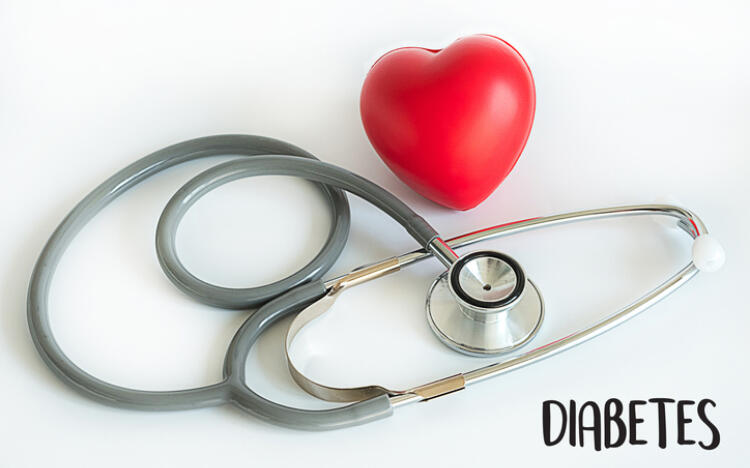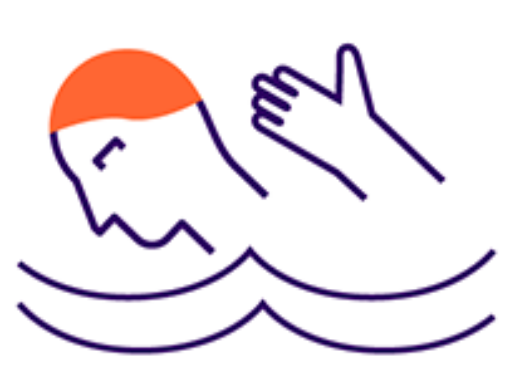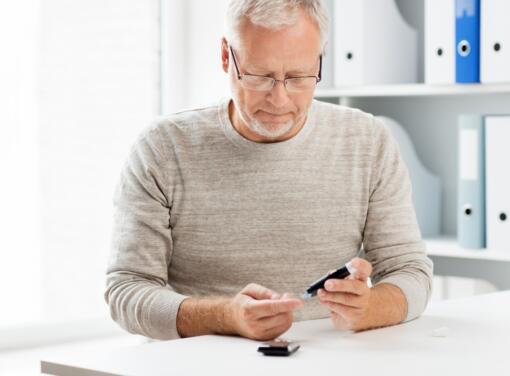Diabetes is a condition that stops the body from using glucose (a type of sugar) as energy.
Most of the food you eat gets broken down into glucose. This glucose moves into your blood stream. A hormone called insulin controls how much glucose stays in your blood. It does this by helping glucose move into your body’s cells. Your cells use glucose for energy, or store it for later use.
Insulin is made by the pancreas, a small organ near your stomach.
People can get type 2 diabetes if:
- their pancreas doesn’t make enough insulin, or
- insulin stops having an effect on cells. This is called ‘insulin resistance’.
In both cases, too much glucose stays in the blood, and not enough gets to the cells.
Over time, high blood glucose levels can lead to health problems with your kidneys, heart, nerves, blood vessels, eyes and feet.
Type 2 diabetes can be treated. Treatment often involves changes to how you eat and move (lifestyle) as well as medicines.
Diabetes Australia has a calculator (click here) that can help you understand if you are at risk of getting type 2 diabetes.



